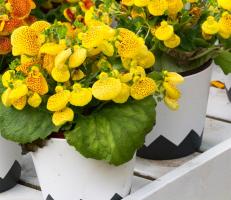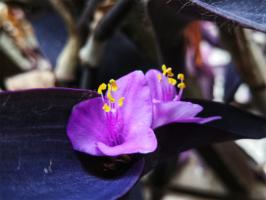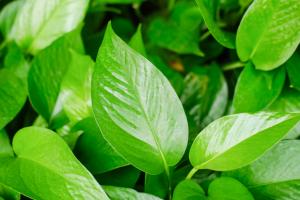Where to Plant a Pagoda Dogwood Tree
The pagoda dogwood tree (Cornus alternifolia) is a stunning, deciduous tree native to North America that’s popular for its unique architectural branches and layered canopy, as well as its showy white flowers and striking blue-black fruit.
Climate and Soil
The pagoda dogwood tree thrives in USDA Hardiness Zones 3 to 7, where temperatures range from -40 to 0 degrees Fahrenheit in winter and from 30 to 60 degrees Fahrenheit in summer. This tree prefers well-drained soils rich in organic matter and slightly acidic to neutral pH levels, but it can adapt to a wide range of soil types, including clay, loam, and sand. However, it doesn’t do well in compacted or waterlogged soils or in areas with heavy pollution or salt spray.
Light and Exposure
The pagoda dogwood tree prefers partial to full shade, especially in hot and dry climates, where it benefits from some protection from the intense sun. However, it can also tolerate some direct sun exposure, particularly in the morning or the evening, as long as the soil is kept moist and the tree is watered regularly during periods of drought or heat waves. Avoid planting this tree in windy or exposed sites, where its fragile branches can break easily and its leaves can scorch.
Location and Layout
The pagoda dogwood tree is a small tree that typically reaches a height of 15 to 25 feet and a spread of 20 to 30 feet, with a broad, irregularly shaped canopy that’s wider than it’s tall. This makes it a great candidate for backyards, gardens, and natural areas where space is limited or where you want to create a layered, multi-level effect. Plant this tree at least 10 feet away from any structures, such as buildings, walls, or patios, to give it enough room to grow and to avoid damage from roots or branches. Consider combining it with other shade-loving plants, such as hostas, ferns, or wildflowers, to create a lush and diverse landscape.
Care and Maintenance
The pagoda dogwood tree is a low-maintenance tree that requires minimal care and attention once established. Water it deeply and regularly during the first few years after planting to help the roots establish themselves, and then gradually reduce the frequency of watering as the tree matures. Fertilize it once a year in early spring with a balanced, slow-release fertilizer to improve its growth and health. Prune it selectively in late winter or early spring to remove any dead or damaged wood or to shape it to your liking, but avoid over-pruning, as this can weaken the tree and make it prone to disease or pests.
In conclusion, the pagoda dogwood tree is a beautiful and versatile tree that can add interest, texture, and color to any garden or landscape. By planting it in the right location, giving it proper care and maintenance, and appreciating its unique features, you can create a thriving and long-lasting ecosystem that benefits both you and the environment.

 how many times do yo...
how many times do yo... how many planted tre...
how many planted tre... how many pine trees ...
how many pine trees ... how many pecan trees...
how many pecan trees... how many plants comp...
how many plants comp... how many plants can ...
how many plants can ... how many plants and ...
how many plants and ... how many pepper plan...
how many pepper plan...






























